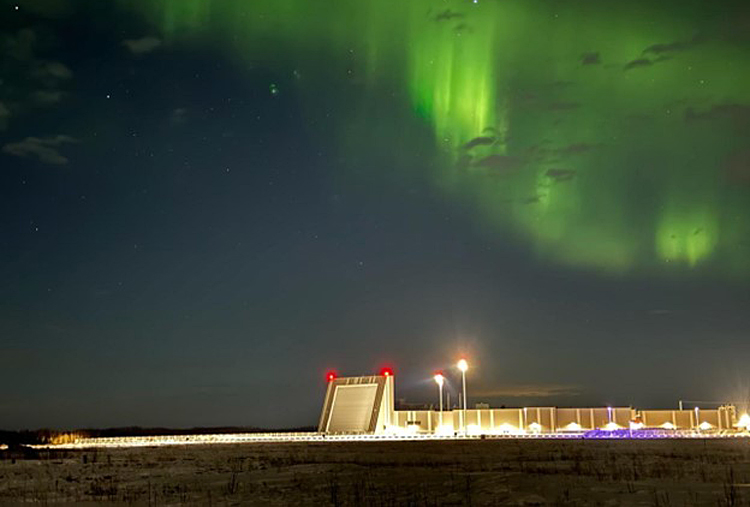INDIAN ARMED FORCES CHIEFS ON
OUR RELENTLESS AND FOCUSED PUBLISHING EFFORTS

SP Guide Publications puts forth a well compiled articulation of issues, pursuits and accomplishments of the Indian Army, over the years

I am confident that SP Guide Publications would continue to inform, inspire and influence.

My compliments to SP Guide Publications for informative and credible reportage on contemporary aerospace issues over the past six decades.
- Prime Minister witnesses 'Bharat Shakti' – a Tri-Services Firing and Manoeuvre Exercise in Pokhran, Rajasthan
- Interim Defence Budget 2024-25 — An Analysis
- Union Defence budget 2024
- Prime Minister Modi Commemorates Indian Navy Day in a Grand Ceremony
- Prime Minister Modi Flies in the LCA Tejas
- New Chapter in India-Italy Defence Ties
- Airpower beyond Boundaries
Lockheed Martin Successfully Transitions Long Range Discrimination Radar to the Missile Defense Agency

The Long Range Discrimination Radar (LRDR) at Clear Space Force Station in Clear, Alaska, completed DD250 final acceptance and was officially handed over to the Missile Defense Agency in preparation for an Operational Capability Baseline (OCB) decision and final transition to the Warfighter. In addition, prior to this transition, the system has started Space Domain Awareness data collects for the United States Space Force.
"This milestone represents years of dedication to the MDA's mission to protect our homeland," said Chandra Marshall, vice president of Radar and Sensor Systems at Lockheed Martin. "LRDR is a cutting edge asset providing the benefits of both low frequency and high frequency radars for an innovative approach to search, track, and discriminate targets."
Protecting the Homeland
LRDR provides the ability to simultaneously search and track multiple small objects, including all classes of ballistic missiles, at very long ranges, under continuous operation. Its discrimination capability will allow LRDR to identify lethal objects, such as enemy warheads, and differentiate them from non-lethal decoys. LRDR, along with other elements of the Missile Defense System, will preserve the homeland defense interceptor inventory by conserving the number of Ground-Based Interceptors required for threat engagement.
The highly adaptable LRDR operates in S-band frequencies and features a scalable, open systems architecture designed to be scaled and extended to counter evolving threats without changing the hardware design. It is integrated into the Missile Defense System through the Command and Control, Battle Management and Communications element. As an example of LRDR's open systems architecture, Lockheed Martin is adding new capability in support of hypersonic defense, which will give decision makers actionable information to make timely decisions, faster.
In addition to missile defense, the radar system supports Space Domain Awareness by monitoring satellites orbiting the earth, detecting, tracking, and identifying active or inactive satellites, spent rocket bodies, and debris.
Proven Radar Experience
With broad experience developing and delivering radar solutions to customers, Lockheed Martin's high-performing, high-reliability, solid state radar systems specialize in counter target acquisition, early warning, situational awareness and integrated air and missile defense. Lockheed Martin radars are designed with a high degree of commonality, are available in highly mobile configurations, operate in all environments and are deployed worldwide.





